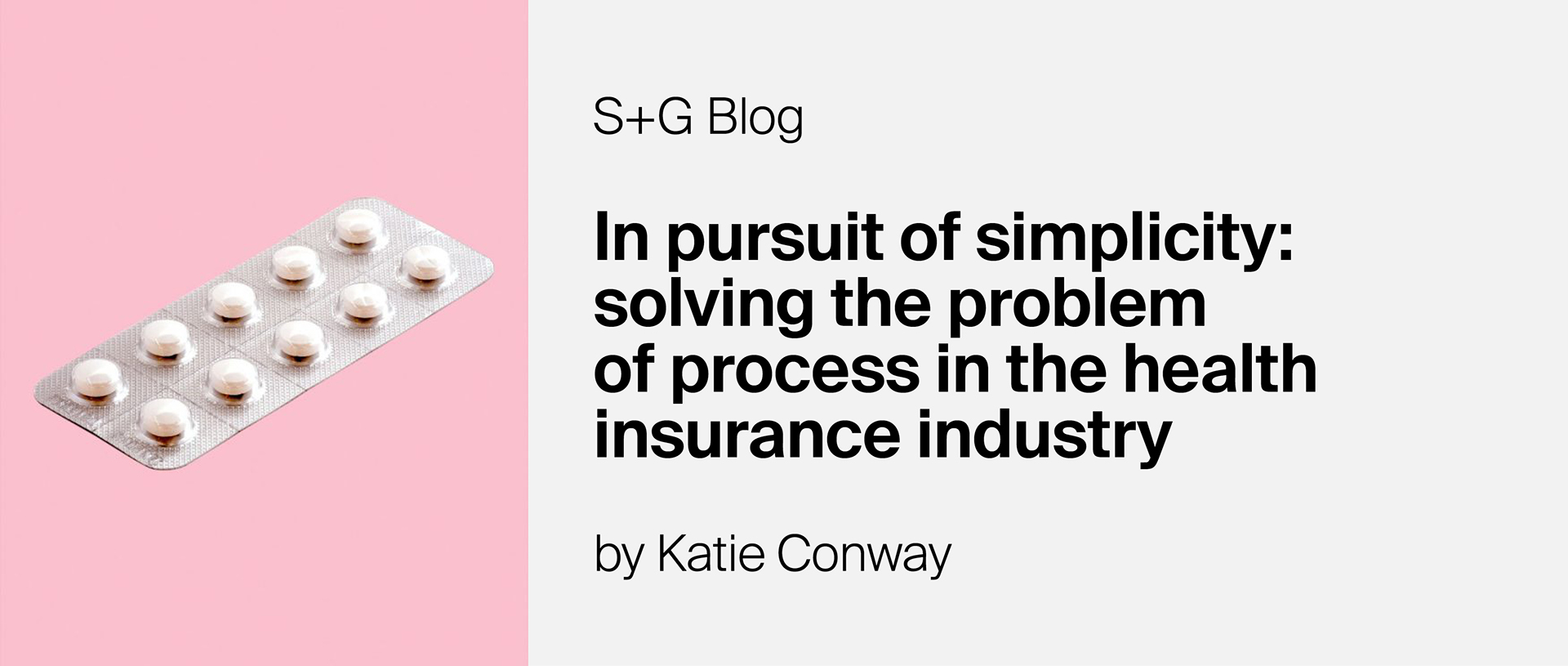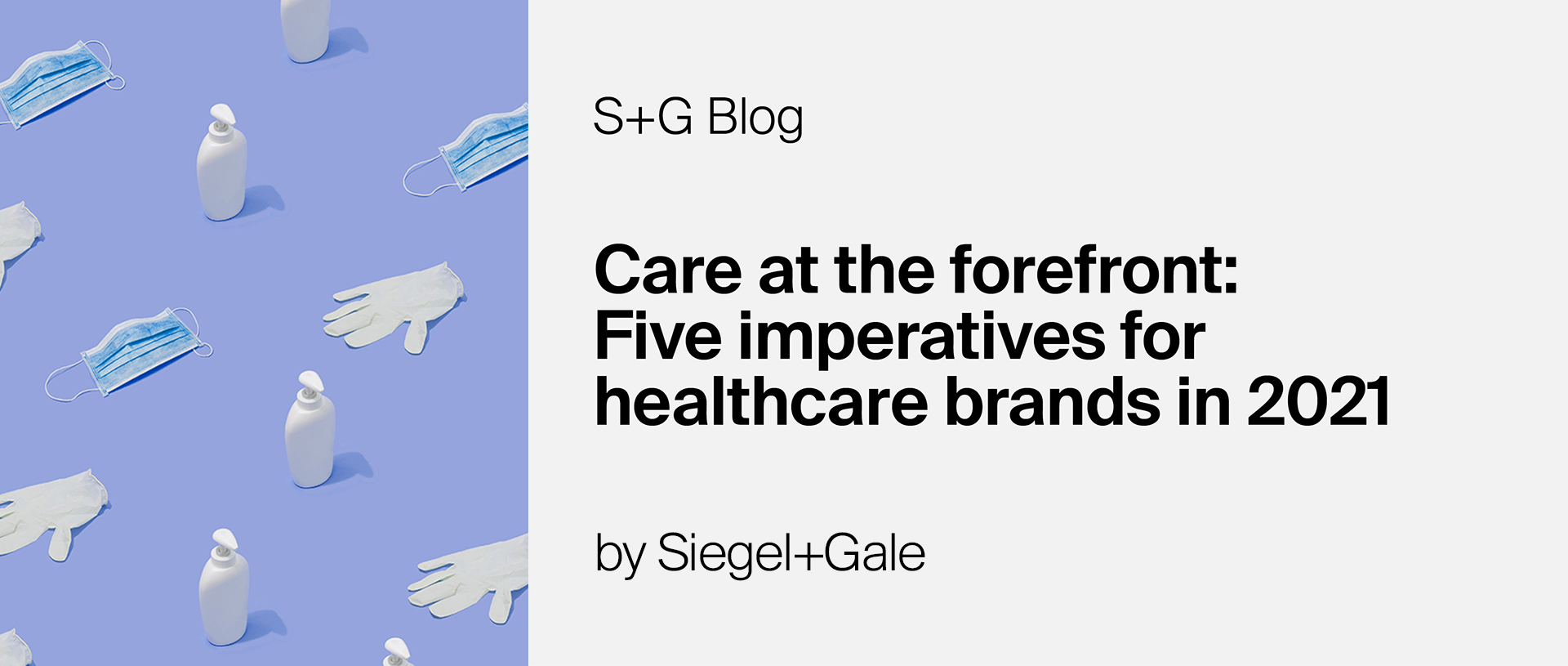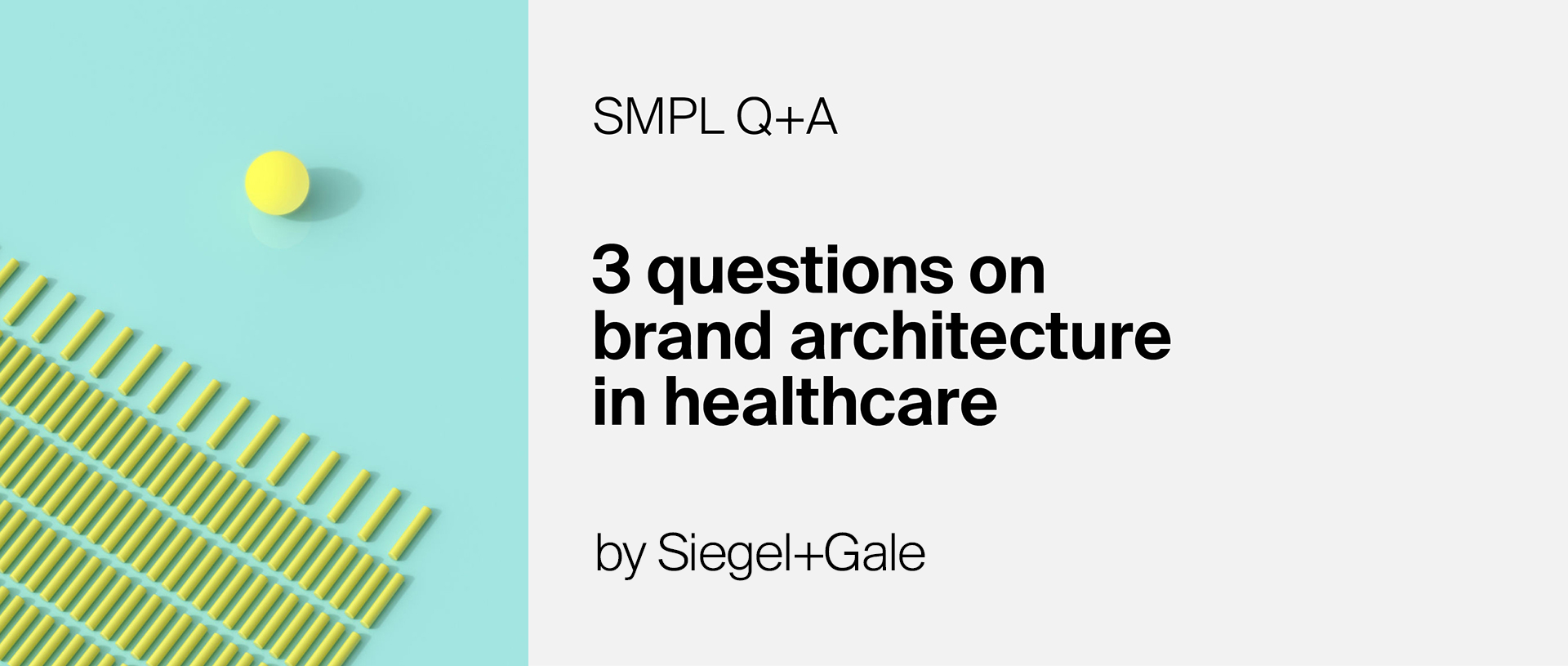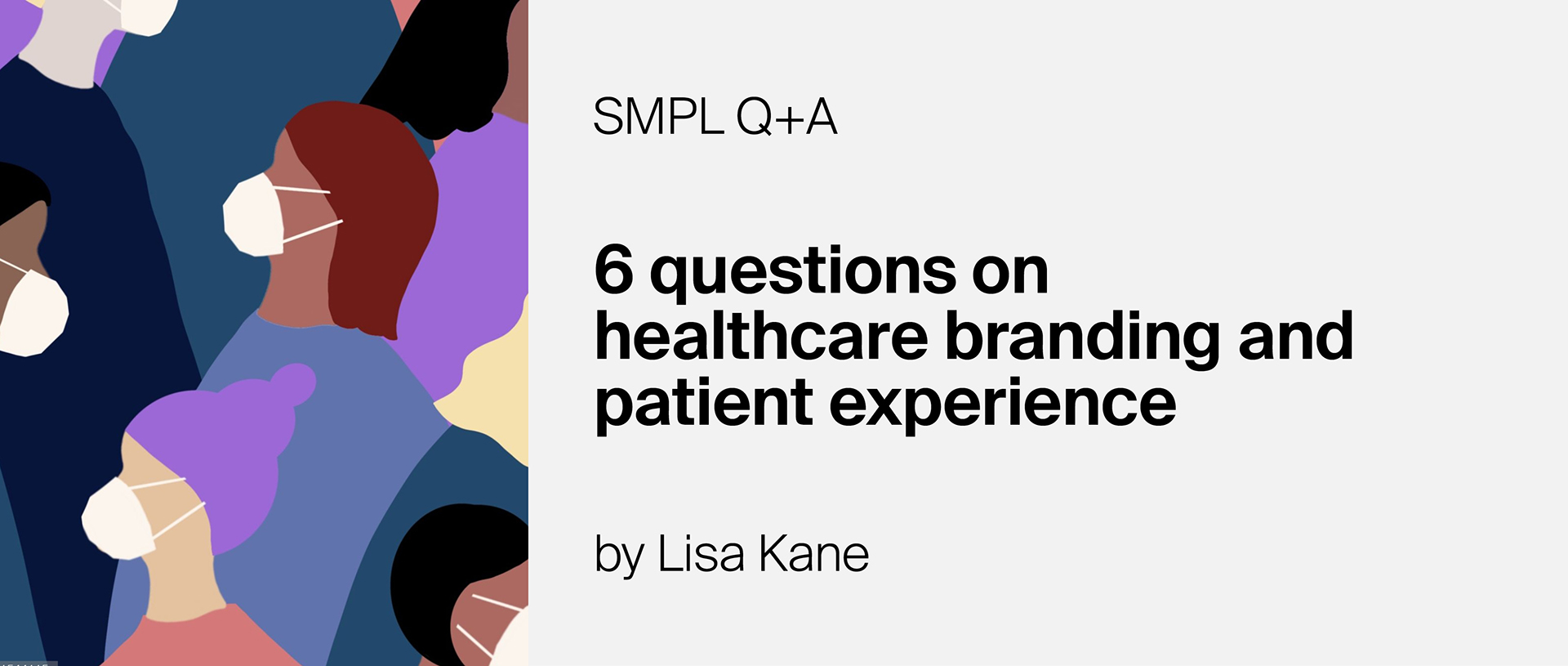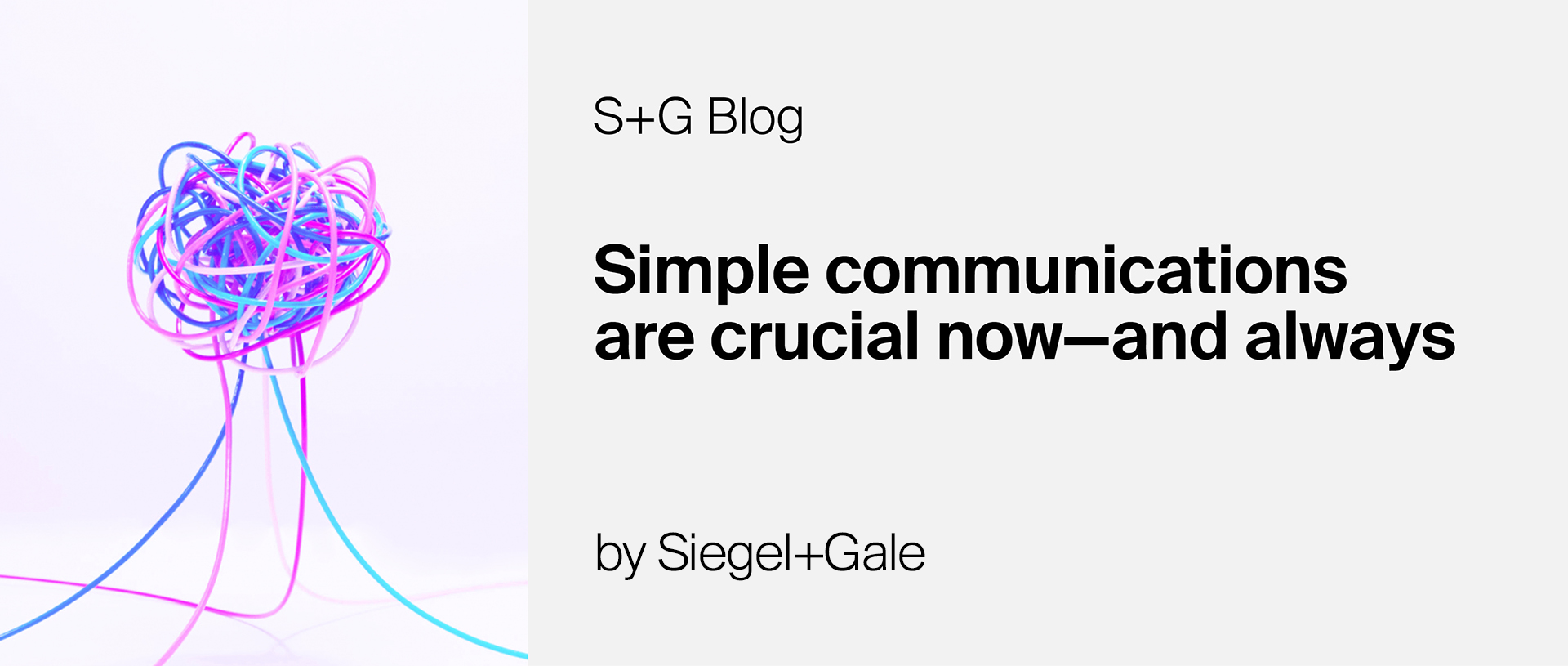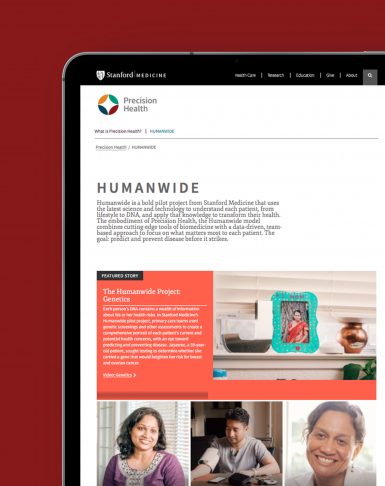The healthcare arena was moving at high-speed—trends in technology, policy, and the market were precipitating change like never before.
Then came 2020.
The pandemic drew attention to numerous ineffective and archaic elements of the healthcare ecosystem on a global scale. Forced to evolve, agile leaders reacted to the crisis by adopting new insights, developing innovative ways of serving patients and customers, and preparing for future challenges.
COVID-19 also fast-tracked much-needed change, like the digital and technological transformation that many brands were grappling with implementing before March 2020.
However, the future of the entire healthcare ecosystem still faces significant challenges. In a U.S. setting, the majority of Americans remain unsatisfied with the quality of medical care in the U.S, and patient expectations are only getting higher—influenced by expectations as consumers. To restore trust and loyalty, healthcare brands must put patients at the center of their experience.
Simple, clear communications and experiences are essential for all parts of the landscape—from pharma and biotechs to insurers and hospital systems. As The Simplicity Company, we counsel healthcare brands by offering clarity in both message and execution via meaningful experiences, while confidently defining their evolving role in a complex, dynamic marketplace. Read about how we’ve helped healthcare businesses leverage brand to solve complex challenges, including CVS Health, Bristol Myers Squibb, Centrient and Mount Sinai.
Below is a curated selection of healthcare-specific content from our global network of brand experts.


